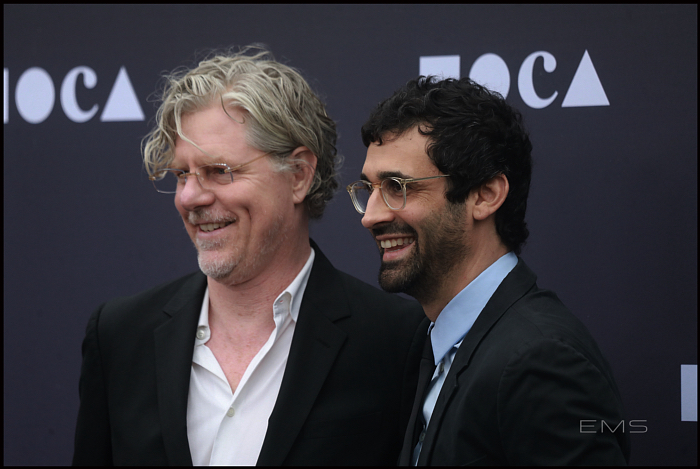
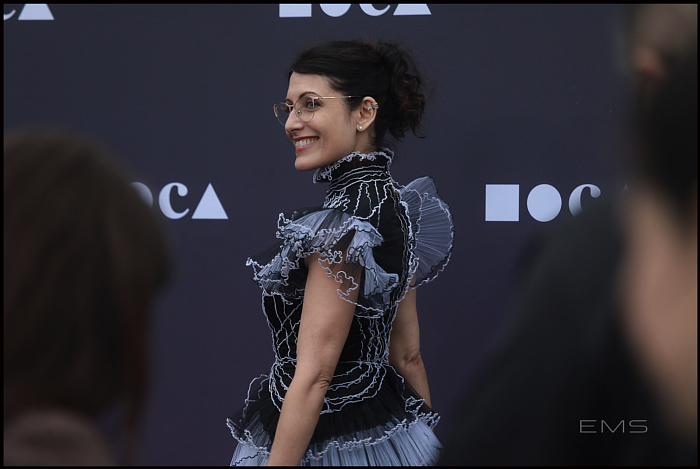
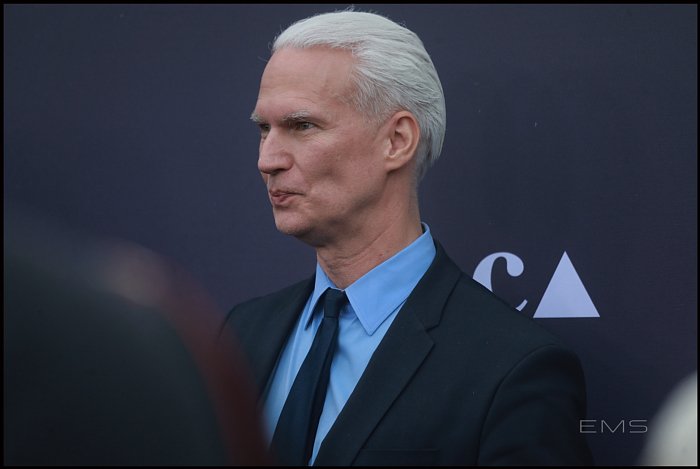
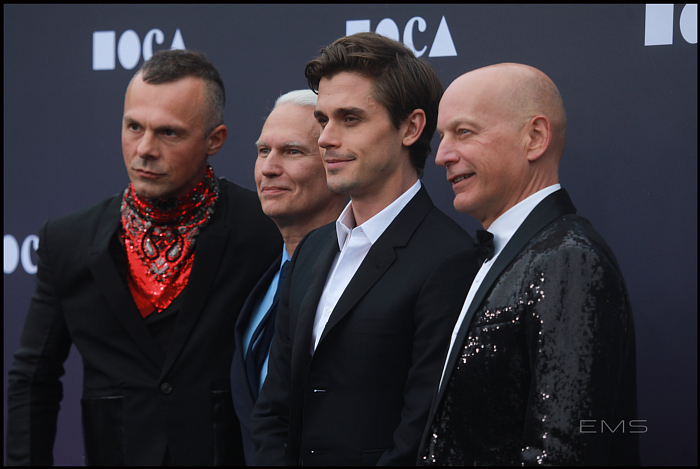
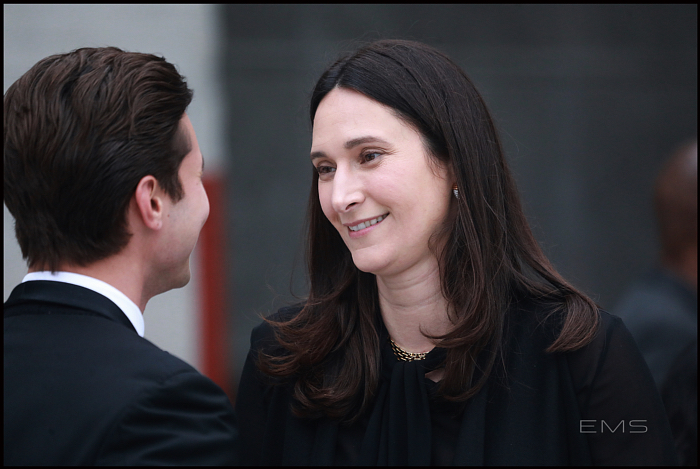
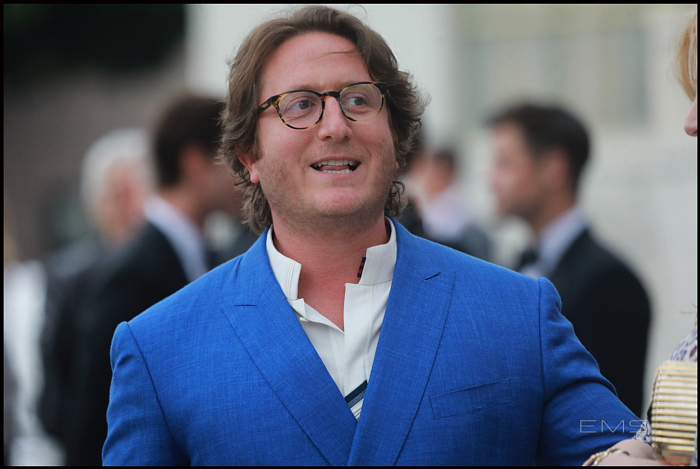


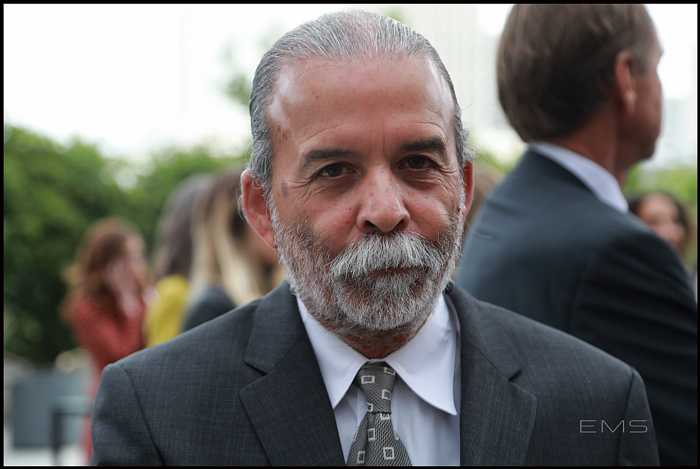
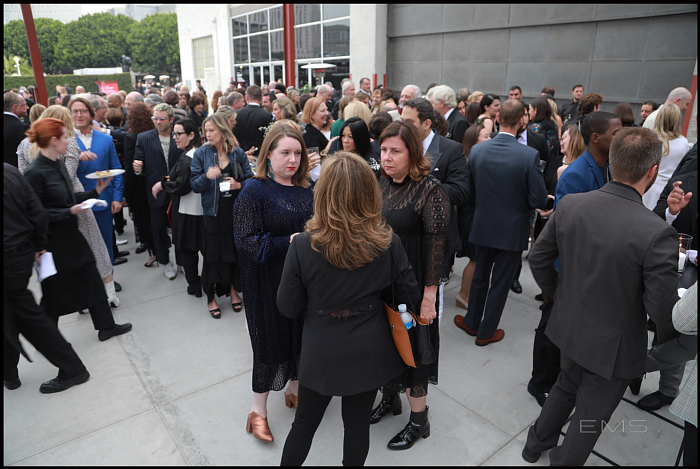
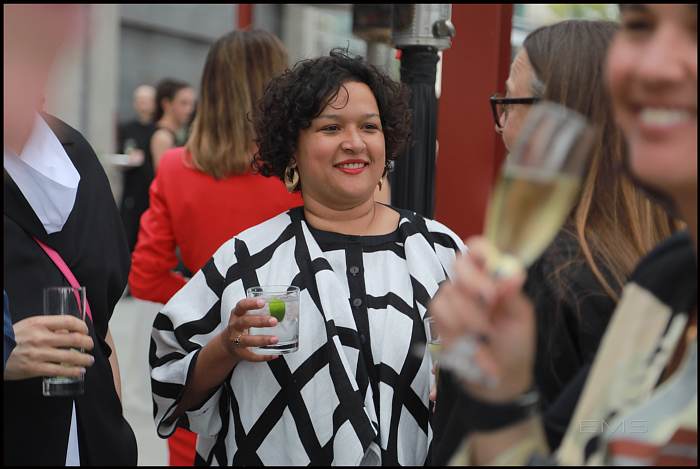


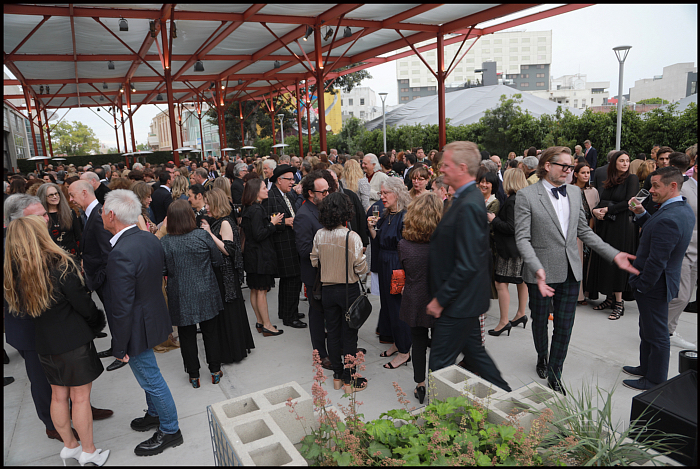
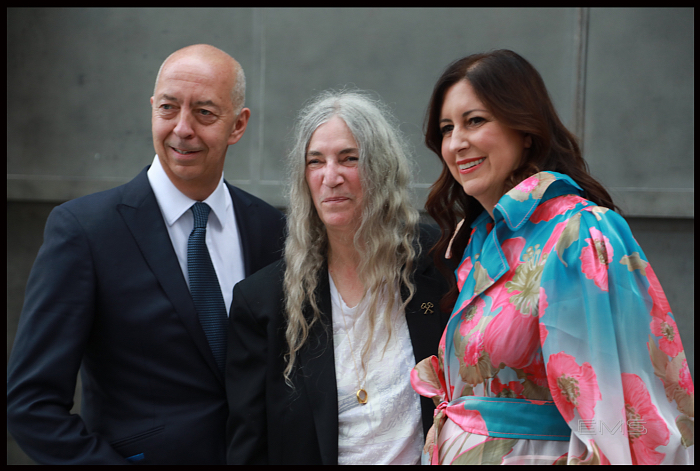
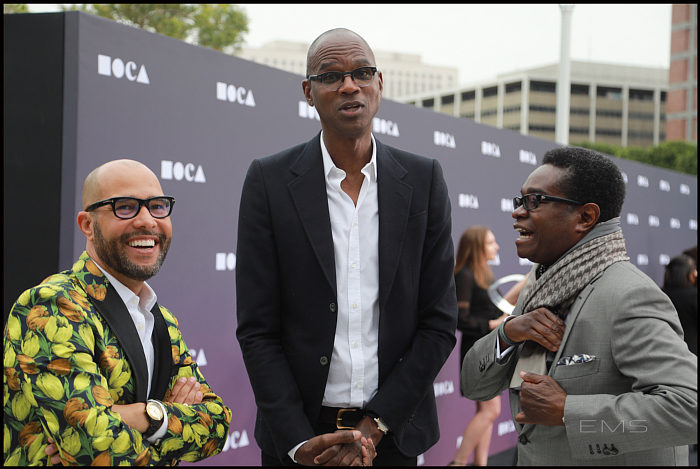
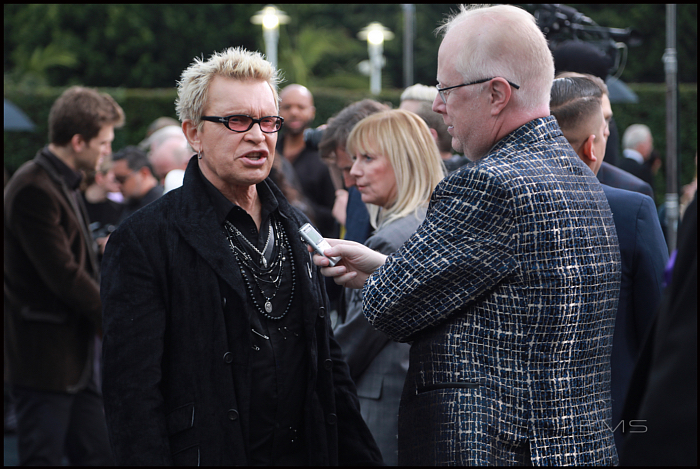

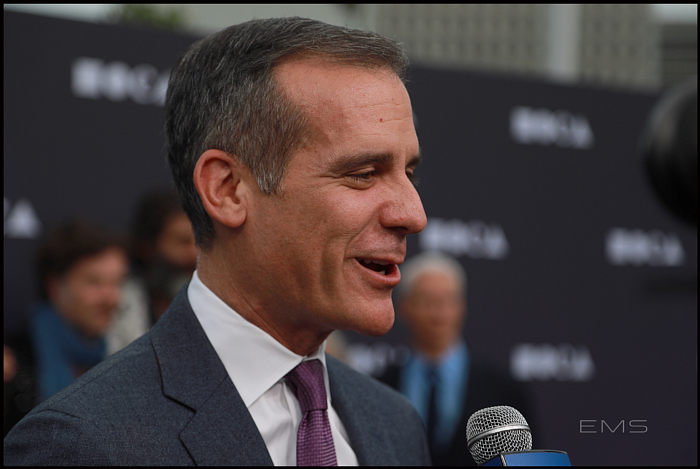
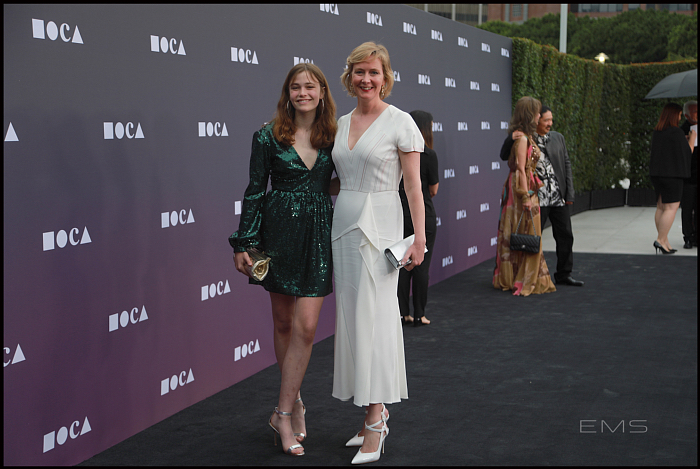


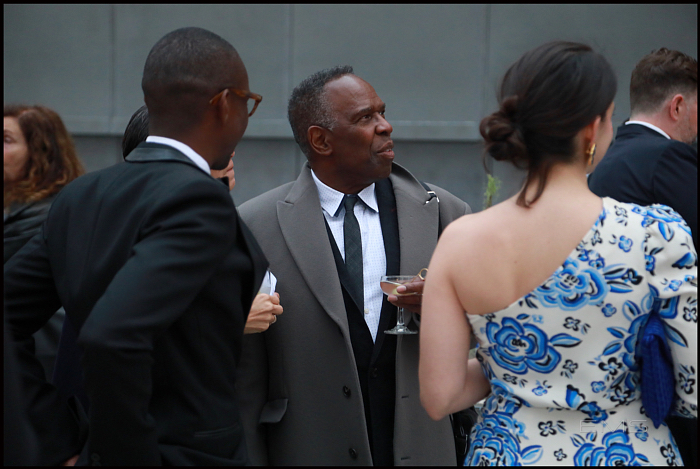
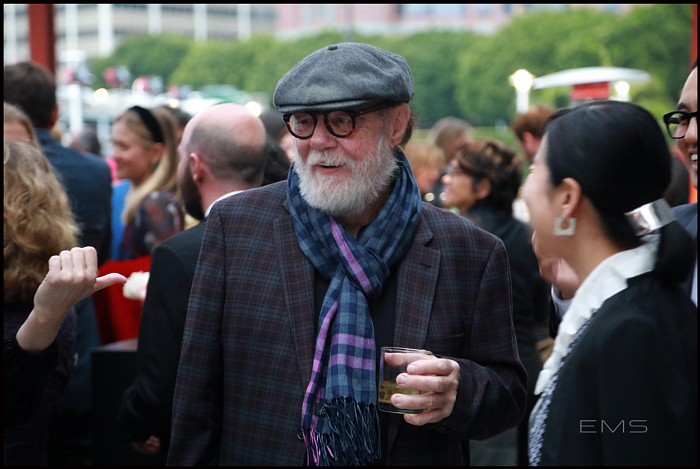
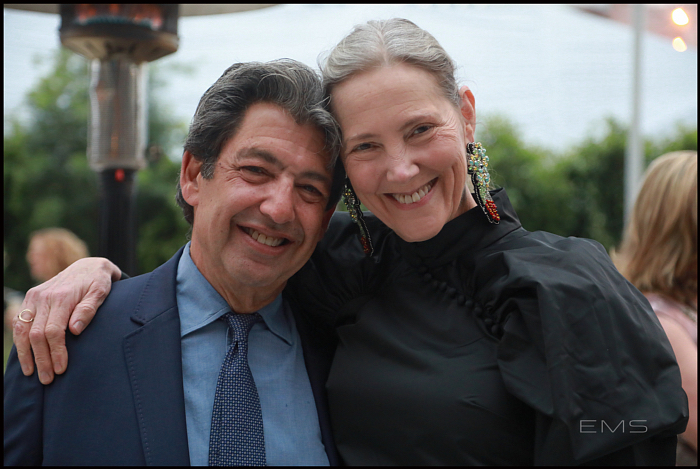

“Celebrating the photographers who have played a critical role in bringing hip-hop’s visual culture to the global stage, CONTACT HIGH: A Visual History of Hip-Hop is an inside look at the work of hip-hop photographers, as told through their most intimate diaries: their unedited contact sheets.
Curated by Vikki Tobak, based on the bestselling book of the same name, and with creative direction by Fab 5 Freddy, the photographic exhibition includes nearly 140 works from 60 photographers. Guests will also see over 75 original and unedited contact sheets—from Barron Claiborne’s iconic Notorious B.I.G. portraits and early images of Jay-Z, Kendrick Lamar, and Kanye West as they first took to the scene, to Janette Beckman’s defining photos of Salt-N-Pepa, and Jamel Shabazz and Gordon Parks documenting hip-hop culture—CONTACT HIGHallows visitors to look directly through the photographer’s lens and observe all of the pictures taken during these legendary photo shoots.
The exhibit also includes an exclusive new, documentary short film – produced by the Annenberg Foundation and Radical Media – featuring a selection of CONTACT HIGH’sphotographers at work and in conversation, including Barron Claiborne, Brian “B+” Cross, Eric Coleman, Estevan Oriol, Jorge Peniche, Jamel Shabazz, Janette Beckman, Joe Conzo, Jack McKain, Dana Scruggs, and Danny Clinch.
Rare videos, memorabilia, and music are included to complement the photographs, demonstrating how the documentation of a cultural phenomenon impacts politics, culture, and social movements around the world. And in a first for the Photo Space, visitors can enjoy Contact High Records, a pop-up record shop featuring rare vinyl spanning the history of hip-hop.”
CONTACT HIGH was created in partnership with United Photo Industries.
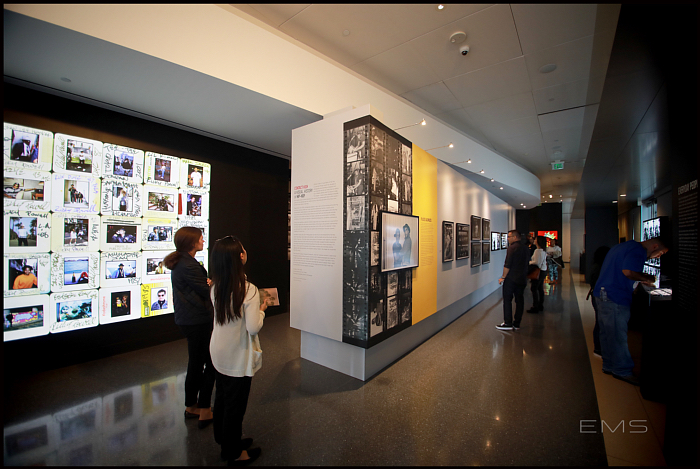
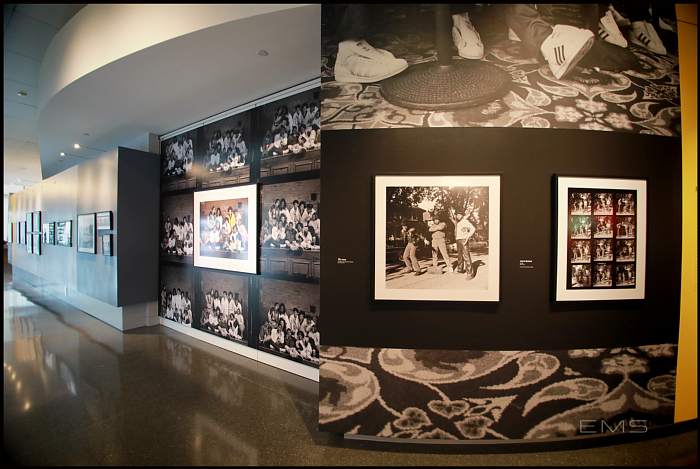
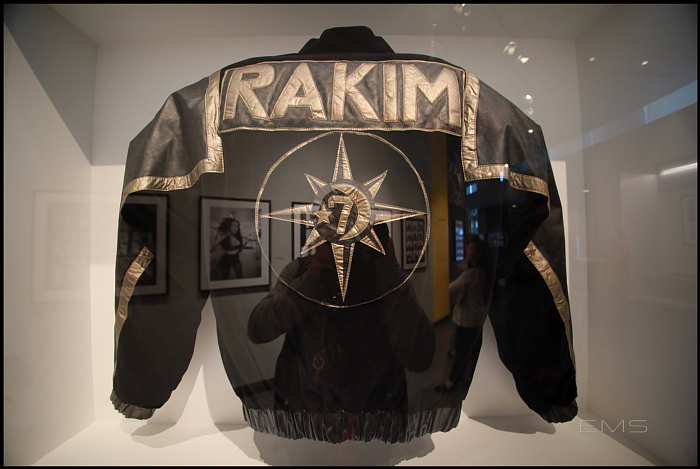
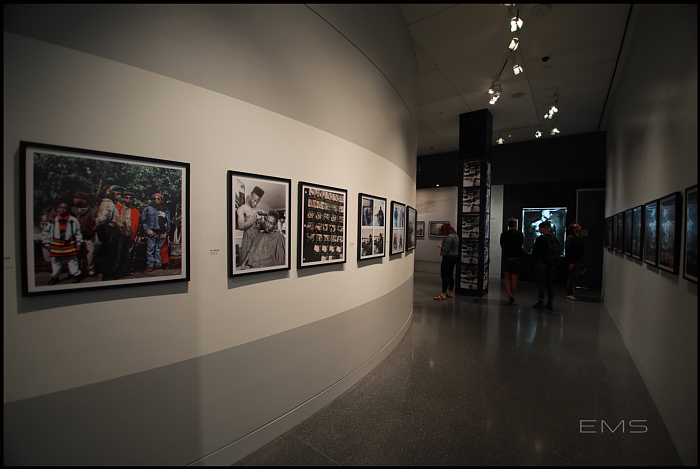

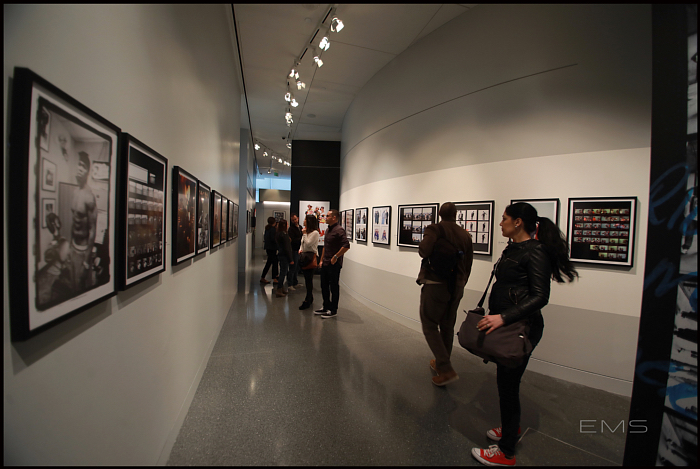

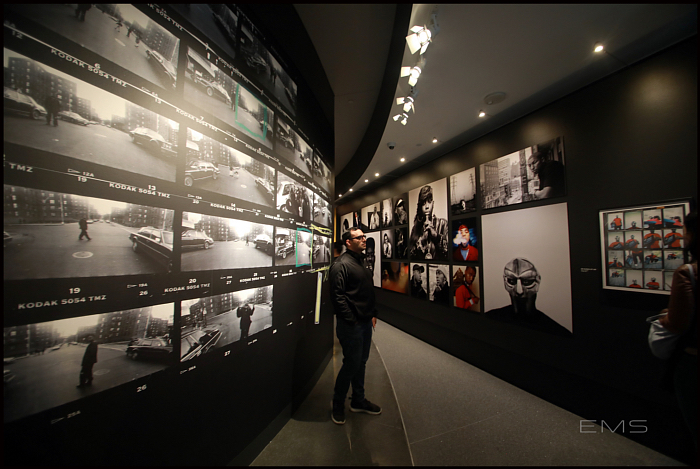

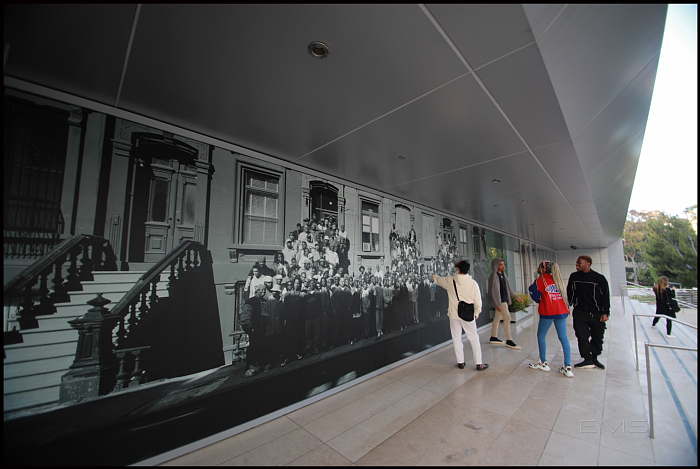
– for more information on additional images from this event please contact EMS at [email protected] or Instagram at @ericminhswenson
“Surrogates investigates the use and visibility of the female body. Each of the artists make work that can stand-in for different aspects of the female form in the physical, social, and political capacities. The artworks included discuss these ideas both through the representation of the physical body, but more interestingly highlight the anatomy’s ability to change shape. The body is part organism and part machine—a vessel for multiple identities. Surrogates features works that display the female body as both the self and the other.
The works included are from the early 1960s through the 1990s and cover a large swath of time that witnessed an evolution of feminist waves. The artists included not only predicted significant movements but also contributed to the changing discourse. The 1980s witnessed artworks that were critically engaged with mass-media’s role in the patriarchal construction of the “woman.” Kiki Kogelnik created one of her first works in the mid-1960s culling directly from advertisements and their portrayal of the female form. She astutely critiqued the image and dissected it’s construct by pulling it apart and reassembling it – sometimes reimagining it as a robot or some other artificial object. Additional works by Kogelnik, such as an acrylic hanging sculpture, portray body parts as modular replacements, suggesting a body that could survive the future was one that could regenerate.
Similar to Kogelnik, Lynn Hershman Leeson’s Phantom Limb series depicts the absorption of a female identity into technology by merging female bodies with machinery. Predating the advent of Photoshop, these black and white photo collages replace the limbs of a beckoning woman with objects such as electric plugs, televisions, clocks and cameras. The division of the individual into both the public and private self reflects a contemporary experience of life online. The female portraits appear as intimate documentation between a subject and a viewer, however the mechanic limbs open the privacy of the subject up to infinite sources of spectatorship. An influential media artist, Lynn Hershman Leeson makes sculptures, installations, and performances that are deeply engaged with and often leading the conversations in identity and biopolitics.”…
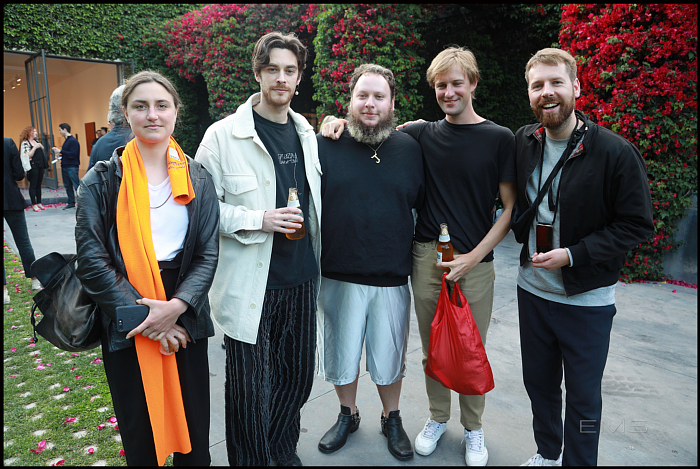
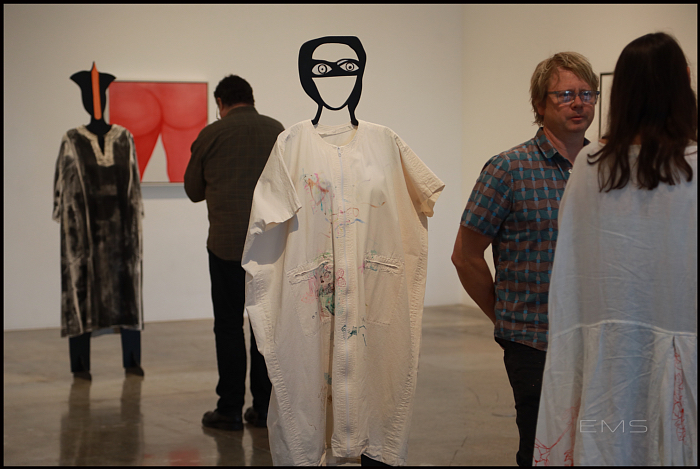
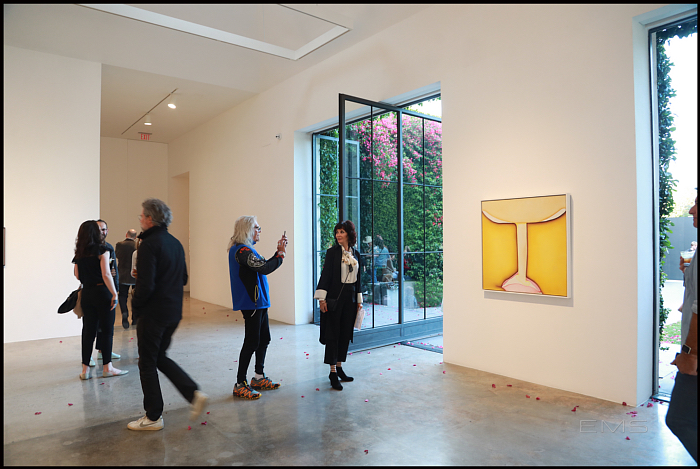
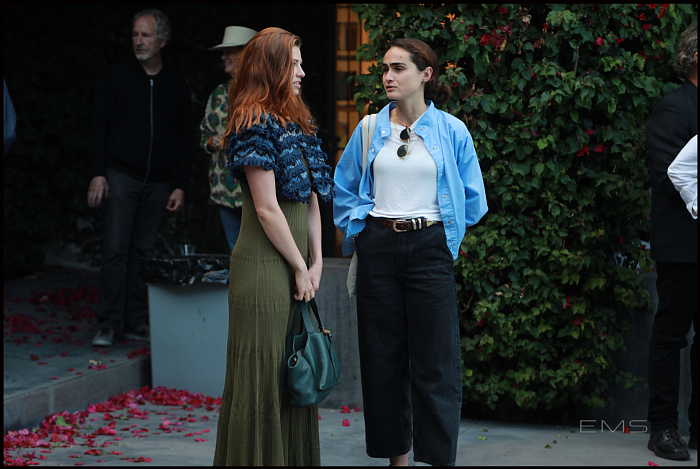


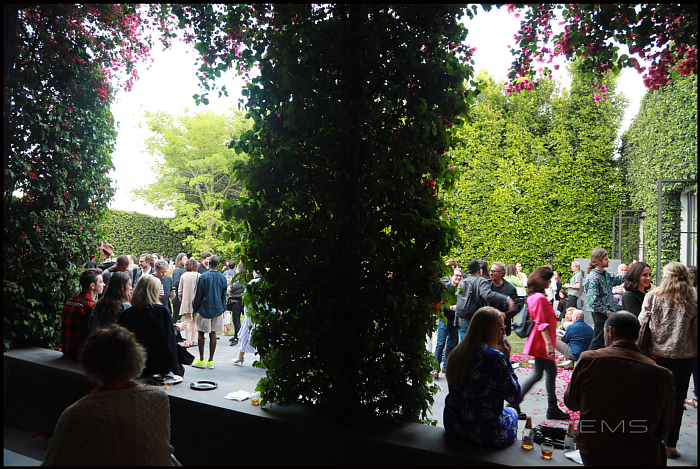
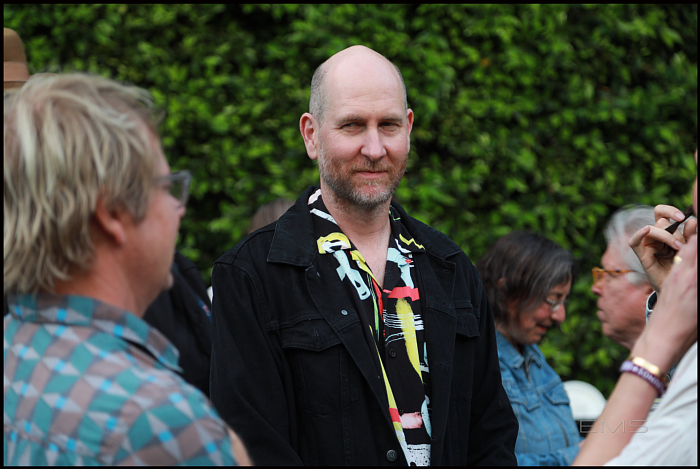
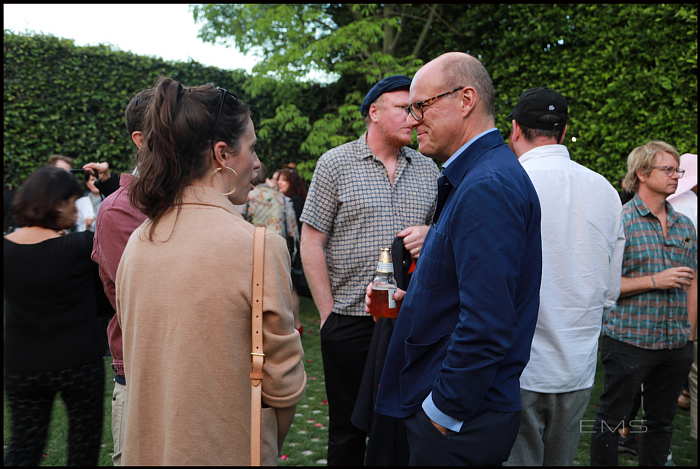
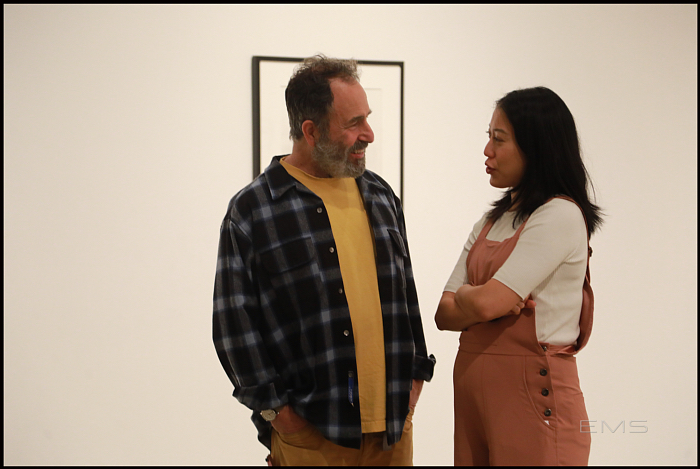
– for more information on additional images from this event please contact EMS at [email protected] or Instagram at @ericminhswenson
“In recent years Ruby Neri has become increasingly recognized for her ceramic sculptures featuring figurative female forms. Almost always based on the centralizing idea of the vessel, these works are notable for the physicality of their construction and the intensity of their glazes, which are often applied using an airbrush. This exhibition will feature a group of some of the largest and most complex objects of this kind that Neri has made to date.
Neri arrived at what has become a signature typology by synthesizing an idiosyncratic group of influences, including the Bay Area Figurative Movement, street art, ancient fertility figures, and more recent currents in ceramic-based contemporary art. The work is defined by its psychologically and sexually charged content and its bawdy feminism, with women engaged in what appear to be ritualistic power dynamics. Several of the new sculptures are composed of numerous figures that differ greatly in size. Smaller women are held, supported by, and wrapped around bigger ones, suggesting relationships in which one dominates the others. The ambiguity and playfulness of these tableaux add a layer of narrative richness to the works, especially because they are highly three-dimensional objects in which visual and sculptural information flows across every surface, front and back, under and over, inside and out.
This narrative quality draws attention to the qualities of the figures themselves, which all share certain basic characteristics. Blonde, with dramatically full lips, voluptuous bodies, and revealed genitalia, they can also be considered variations on a single character whose most prominent feature might in fact be her disarmingly frank facial expression. Enraptured, knowing, bemused, the gaze she returns to the viewer suggests that the complexity of her relationships–with her own interiority, the other versions of herself that surround her, the viewer, the materials from which she has been crafted, and the artist who made her–comes as no surprise.”
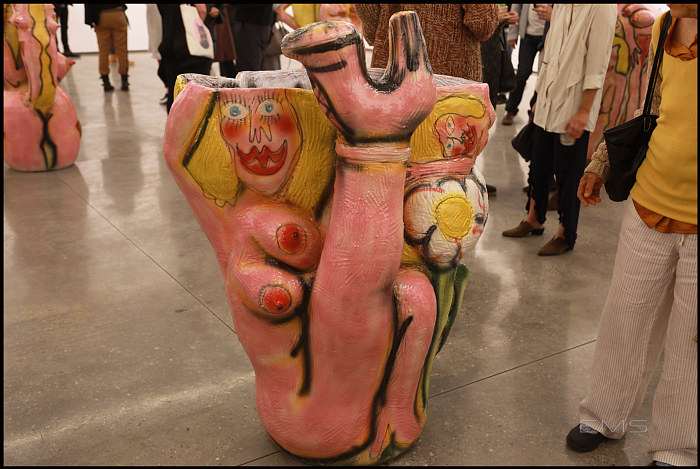
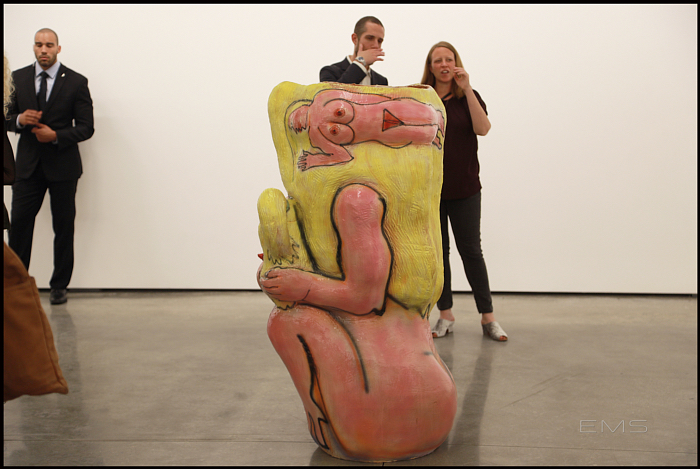
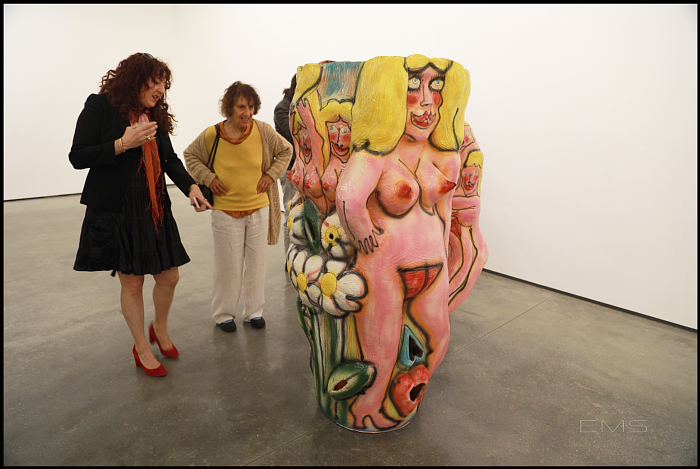
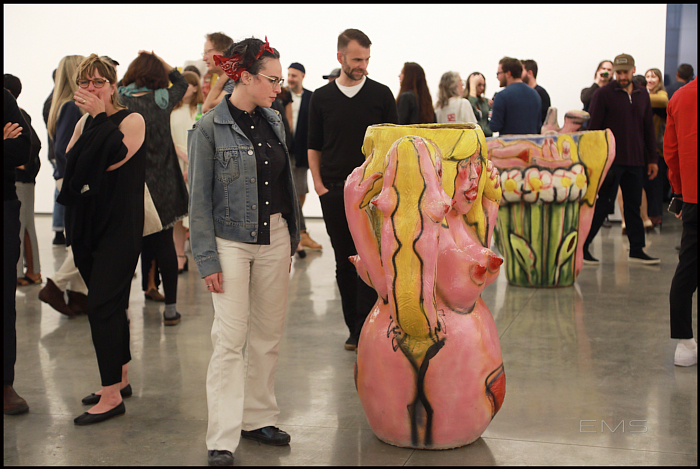
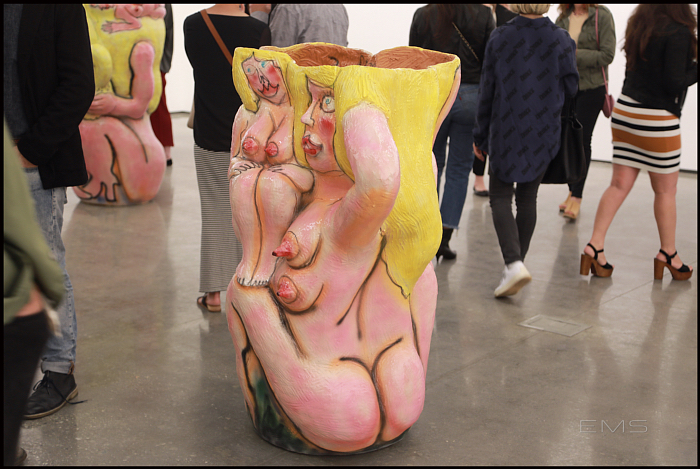
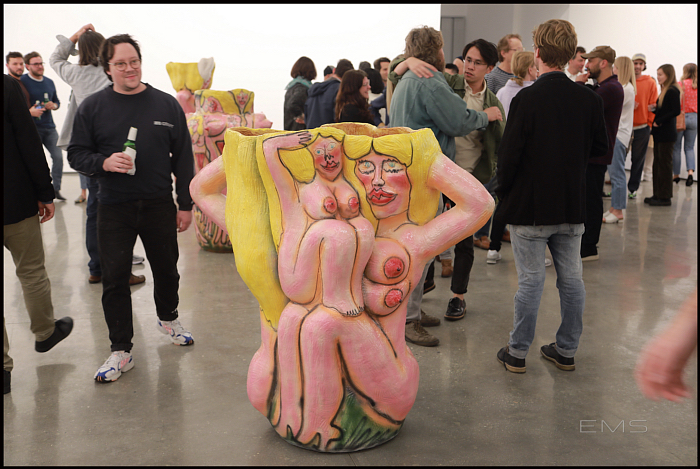
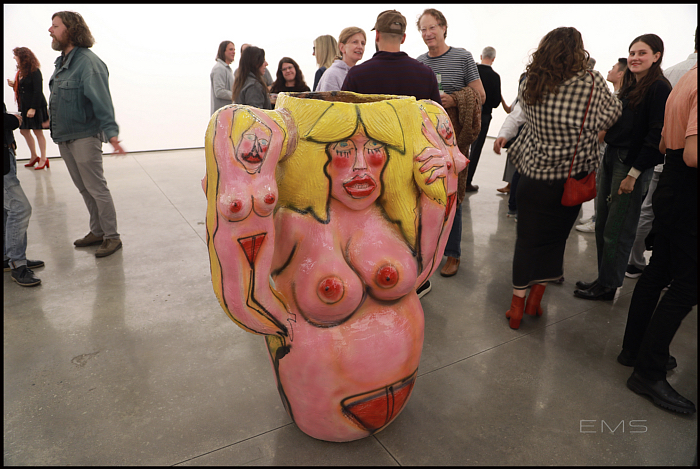
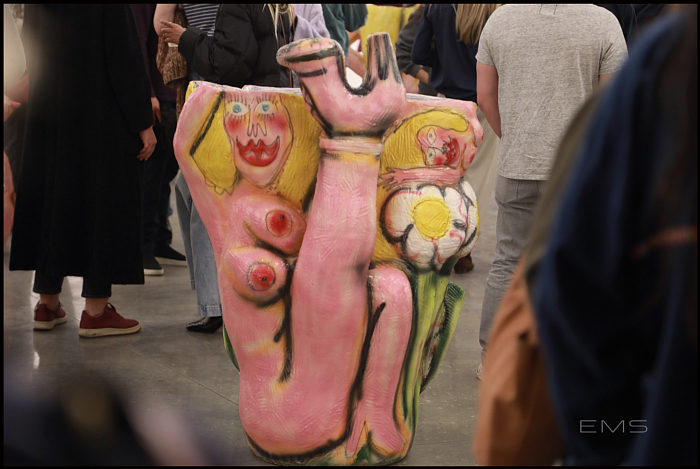
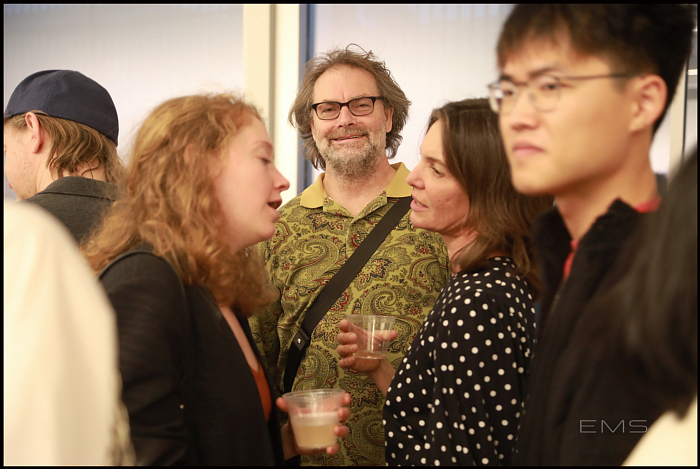
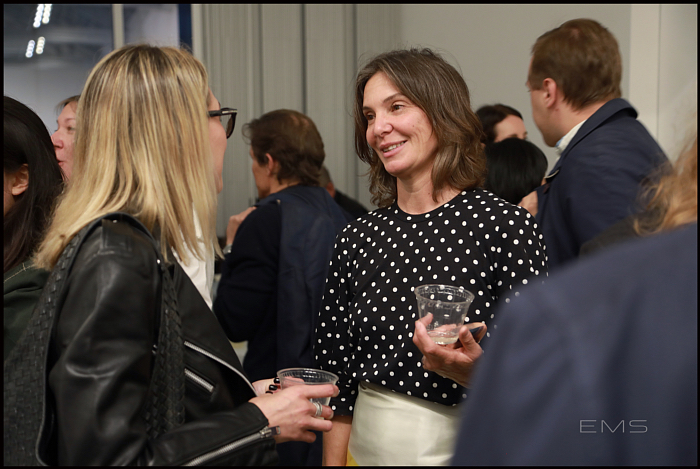
– for more information on additional images from this event please contact EMS at [email protected] or Instagram at @ericminhswenson
“Ginny Casey’s new paintings feature decrepit interiors full of objects like chisels, woodcutters, pulleys and in-process sculptures. In Casey’s theatre of the absurd, these objects are distorted, engorged and disproportioned where the restrictions of logic and time are abandoned to the surreal.
For Casey, the concept of space is subjective, each painting challenges the notion of linear space as a way to provoke preconceived perceptions. Multiple trap doors, staircases that lead to nowhere, and ladders that extend to windows into the abyss all contribute to a spatial disorientation.
The paintings encourage open interpretation. For Casey, “It’s like trying to see in the dark… it’s all intuitive.” Starting from drawings of individual objects, Casey redraws and collages these together, building relationships, narratives, and tension into what becomes the finished composition. Her paintings do not begin with preconceived notions of a finished product; rather, a story develops, emerging from her subconscious. Casey draws upon psychoanalysis, free-association, dreams and the unconscious to make her paintings.
Casey, a new mother, has found imagery that evokes fertility and motherhood recurring in her work. Vessels of varying shapes and use recur often. In Stunted Developments one such vessel is stuck in a wooden table, half birthed, a cracked egg rests in a spoon atop an adjacent table, while a blue vessel and sculpting materials are additional actors in this drama. Allusions to motherhood are omnipresent.”
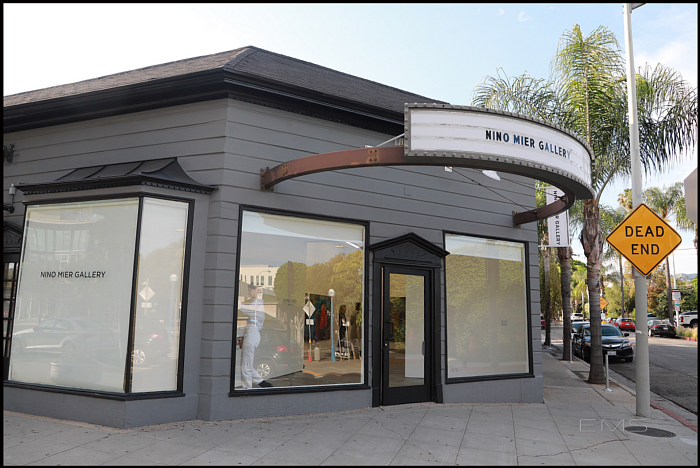
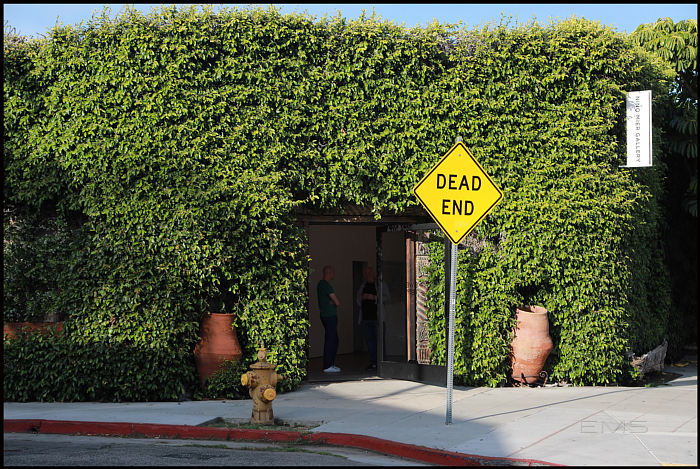
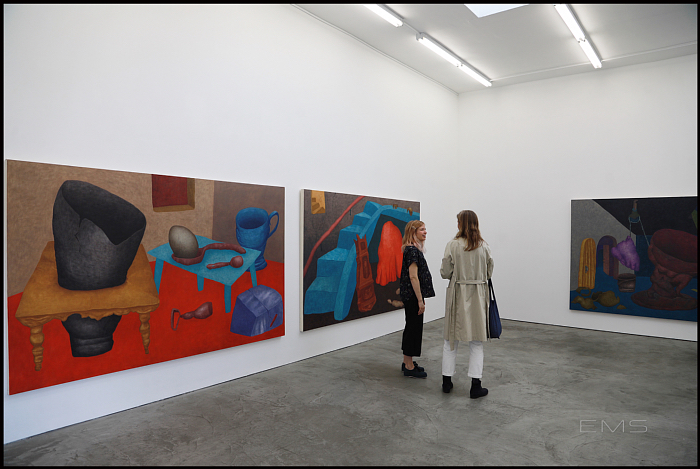


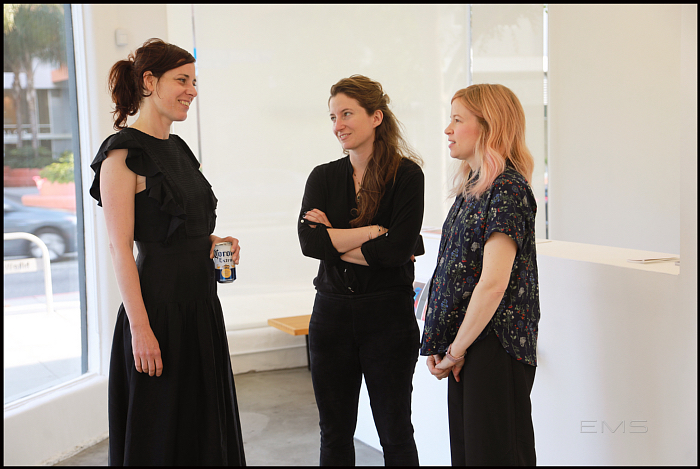

Artist Kara Walker is well known for her panoramic friezes of cut-paper silhouettes, usually involving black figures against a white wall, that address the history of American slavery and racism through violent and unsettling imagery. For the Otis College of Art and Design Mandy & Cliff Einstein Visiting Artist Series, Walker will speak about her practice and how art can address the ongoing legacy of slavery in contemporary American life. This lecture coincides with CAAM’s presentation of the exhibition California Bound: Slavery on the New Frontier, 1848–1865. In conversation with Jamillah James, curator at the Institute of Contemporary Art, Los Angeles.
Seating is first-come, first-served.
Presented in partnership with Otis College of Art and Design in celebration of its centennial. The program and series is funded through a generous gift from Mandy and Cliff Einstein.
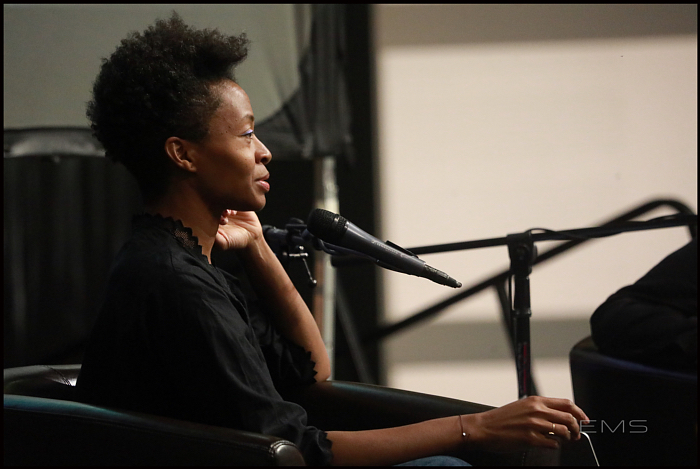

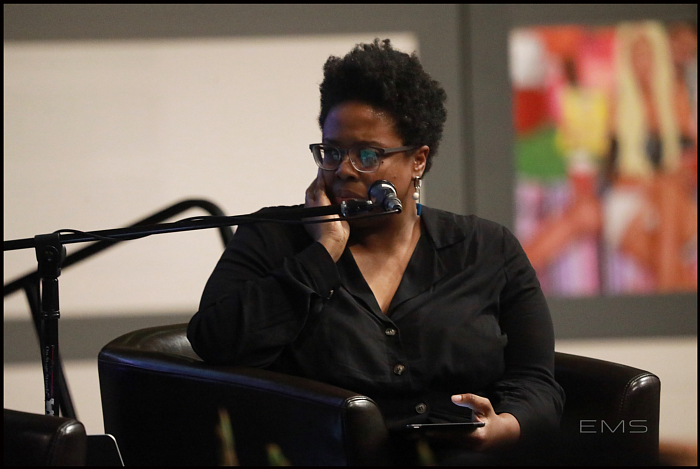


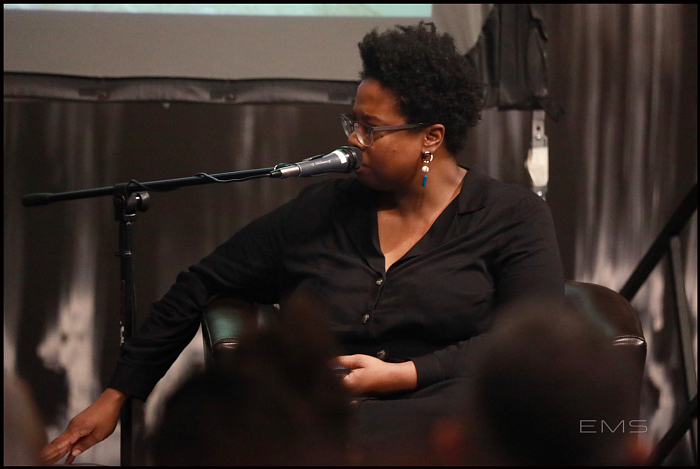
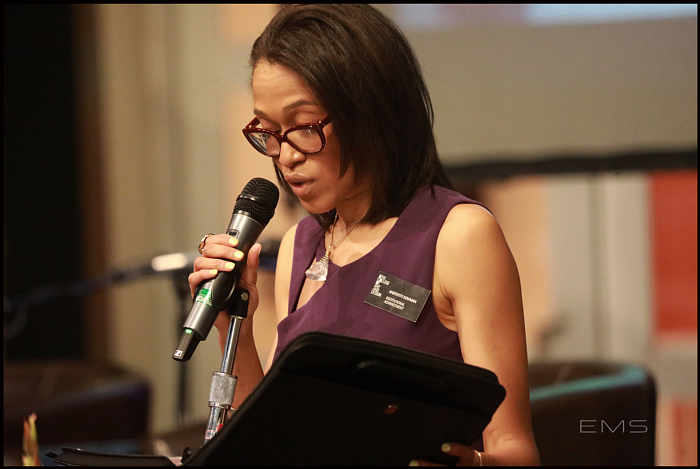


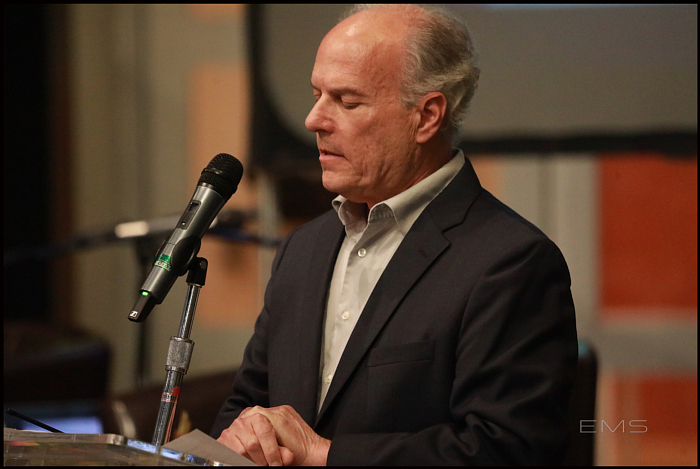
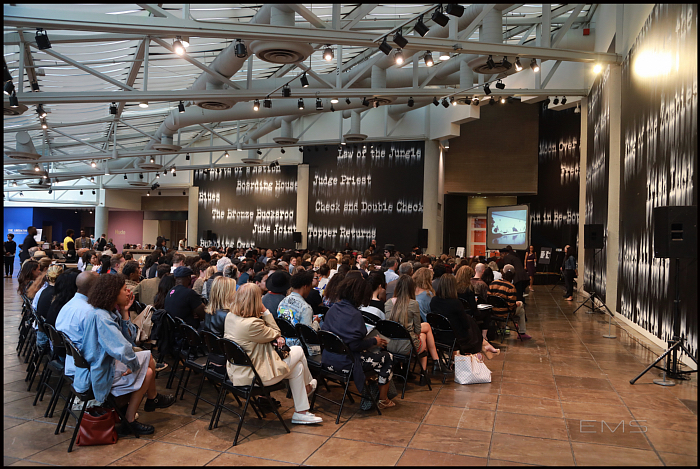

Recent Comments